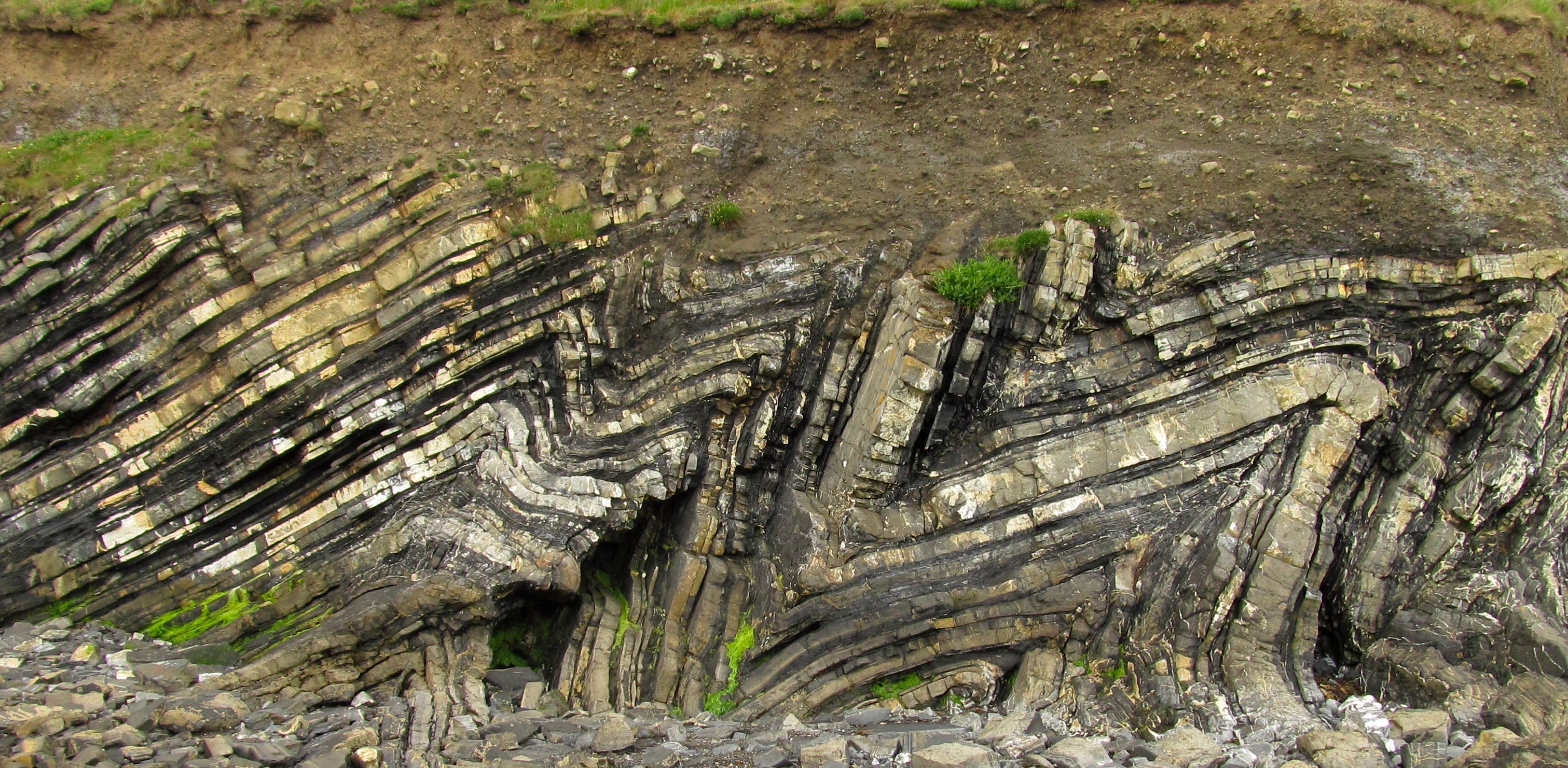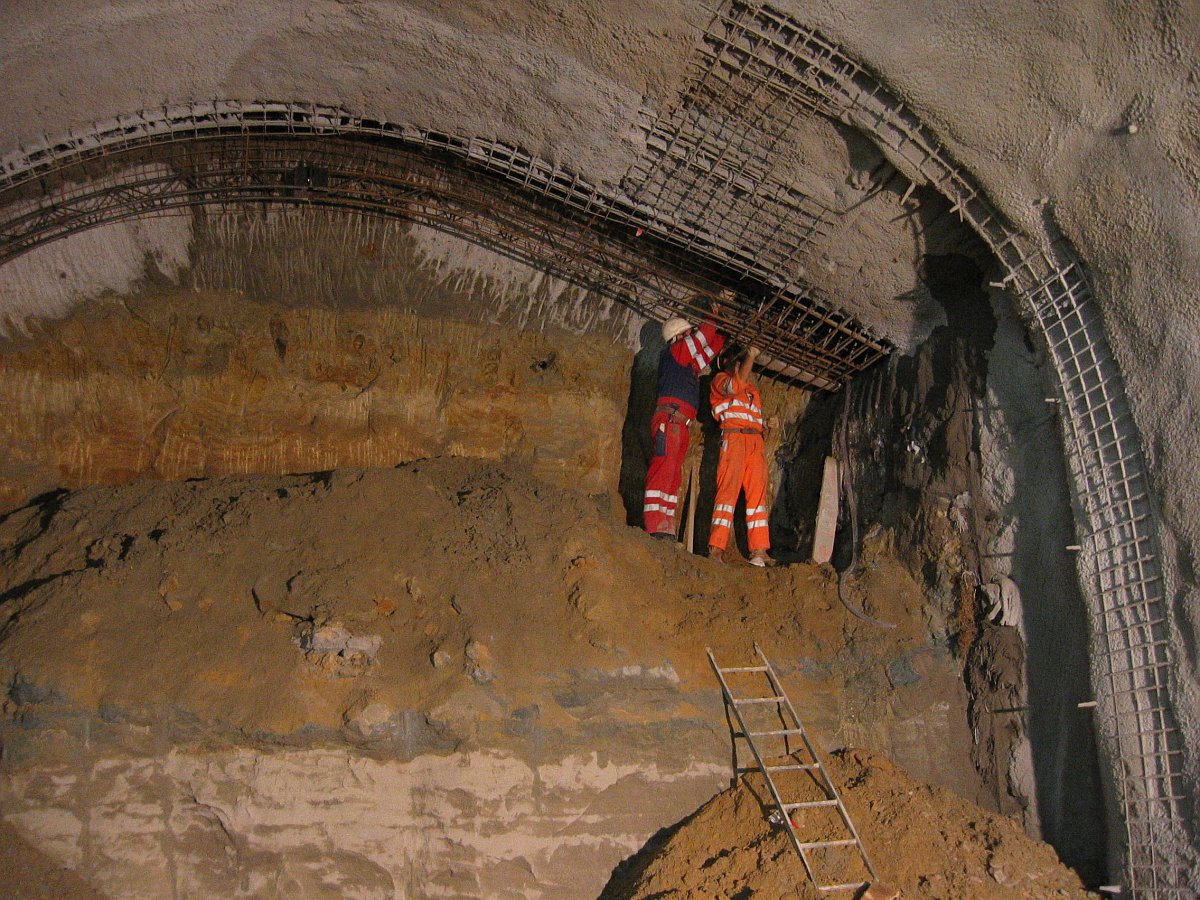|
Poro-O-Tarao Railway Station
Poro-O-Tarao (or Porootarao) was a Request stop, flag station on the North Island Main Trunk line, in the Waitomo District of New Zealand. Between the watersheds of the upper Mokau River, Mōkau and Whanganui River, Whanganui rivers, the NIMT enters Poro-O-Tarao tunnel under Tihikārearea hill, before descending the Ongarue River, Ōngarue valley. It was north of Waimiha and south of Mangapehi. For 2 years, from 1 April 1901 until the line to Taumarunui railway station, Taumarunui opened on 1 December 1903, Poro-O-Tarao was the terminus of the line from The Strand Station, Auckland, though the rails reached Poro-O-Tarao on 1 December 1896 and, from 18 January 1897, a weekly goods train ran through from Puketutu railway station, Puketutu. Work on the Mōkau station to Poro-O-Tarao tunnel section had started in September 1892. It was officially open for traffic on 21 December 1896. Work on the Ohinemoa section (Poro-O-Tarao tunnel to Te Kawakawa, south of Ongarue railway station, � ... [...More Info...] [...Related Items...] OR: [Wikipedia] [Google] [Baidu] |
North Island Main Trunk
The North Island Main Trunk (NIMT) is the main railway line in the North Island of New Zealand, connecting the capital city Wellington with the country's largest city, Auckland. The line is long, built to the New Zealand rail gauge of and serves the large cities of Palmerston North and Hamilton. Most of the NIMT is single track with frequent passing loops, but has double track - * between Wellington and Waikanae, except for of single-track through tunnels between North Junction ( from Wellington) and South Junction, ( from Wellington), on the Pukerua Bay to Paekakariki section, * between Hamilton and Te Kauwhata (except for the single-track Waikato River Bridge at Ngāruawāhia), and * between Meremere and Auckland Britomart. Around (approximately 65%) of the line is electrified in three separate sections: one section at 1600 V DC between Wellington and Waikanae, and two sections at 25 kV AC: between Palmerston North and Te Rapa (Hamilton) and between Papakura and ... [...More Info...] [...Related Items...] OR: [Wikipedia] [Google] [Baidu] |
Tapu (Polynesian Culture)
Tapu is a Polynesian traditional concept denoting something holy or sacred, with " spiritual restriction" or "implied prohibition"; it involves rules and prohibitions. The English word ''taboo'' derives from this later meaning and dates from Captain James Cook's visit to Tonga in 1777. The concept exists in many societies, including traditional Māori, Samoan, Kiribati, Rapanui, Tahitian, Hawaiian, and Tongan cultures, in most cases using a recognisably similar word (from Proto-Polynesian '' *tapu''), though the Rotuman term for this concept is "ha'a". In Hawaii, a similar concept is known as "kapu". Outside Polynesian The root also exists outside Polynesian languages, in the broader Austronesian family: e.g. Fijian ''tabu'', Hiw (Vanuatu) ''toq'' ‘holy, sacred’, Mwotlap ''ne-teq'' ‘cemetery’… François (2022). Whether Polynesian or not, all modern forms go back to a Proto-Oceanic etymon reconstructed as *''tabu'' . As for cognates outside Oceanic, they seem to ... [...More Info...] [...Related Items...] OR: [Wikipedia] [Google] [Baidu] |
Bed (geology)
In geology, a bed is a layer of sediment, sedimentary rock, or pyroclastic material "bounded above and below by more or less well-defined bedding surfaces".Neuendorf, K.K.E., J.P. Mehl, Jr., and J.A. Jackson, eds., 2005. ''Glossary of Geology'' (5th ed.). Alexandria, Virginia; American Geological Institute. p 61. Specifically in sedimentology, a bed can be defined in one of two major ways.Davies, N.S., and Shillito, A.P. 2021, ''True substrates: the exceptional resolution and unexceptional preservation of deep time snapshots on bedding surfaces.'' ''Sedimentology.'' published online 22 May 2021, doi: 10.1111/sed.12900. First, Campbell and Reineck and SinghReineck, H.E., and Singh, I.B., 1980. ''Depositional Sedimentary Environments'', (2nd ed.) Berlin, Germany: Springer-Verlag, 504 pp. use the term ''bed'' to refer to a thickness-independent layer comprising a coherent layer of sedimentary rock, sediment, or pyroclastic material bounded above and below by surfaces known as beddi ... [...More Info...] [...Related Items...] OR: [Wikipedia] [Google] [Baidu] |
Sandstone
Sandstone is a clastic sedimentary rock composed mainly of sand-sized (0.0625 to 2 mm) silicate grains. Sandstones comprise about 20–25% of all sedimentary rocks. Most sandstone is composed of quartz or feldspar (both silicates) because they are the most resistant minerals to weathering processes at the Earth's surface. Like uncemented sand, sandstone may be any color due to impurities within the minerals, but the most common colors are tan, brown, yellow, red, grey, pink, white, and black. Since sandstone beds often form highly visible cliffs and other topographic features, certain colors of sandstone have been strongly identified with certain regions. Rock formations that are primarily composed of sandstone usually allow the percolation of water and other fluids and are porous enough to store large quantities, making them valuable aquifers and petroleum reservoirs. Quartz-bearing sandstone can be changed into quartzite through metamorphism, usually related to ... [...More Info...] [...Related Items...] OR: [Wikipedia] [Google] [Baidu] |
Siltstone
Siltstone, also known as aleurolite, is a clastic sedimentary rock that is composed mostly of silt. It is a form of mudrock with a low clay mineral content, which can be distinguished from shale by its lack of fissility.Blatt ''et al.'' 1980, pp.381-382 Although its permeability and porosity is relatively low, siltstone is sometimes a tight gas reservoir rock, an unconventional reservoir for natural gas that requires hydraulic fracturing for economic gas production. Siltstone was prized in ancient Egypt for manufacturing statuary and cosmetic palettes. The siltstone quarried at Wadi Hammamat was a hard, fine-grained siltstone that resisted flaking and was almost ideal for such uses. Description There is not complete agreement on the definition of siltstone. One definition is that siltstone is mudrock ( clastic sedimentary rock containing at least 50% clay and silt) in which at least 2/3 of the clay and silt fraction is composed of silt-sized particles. Silt is defined a ... [...More Info...] [...Related Items...] OR: [Wikipedia] [Google] [Baidu] |
Mudrock
Mudrocks are a class of fine-grained siliciclastic sedimentary rocks. The varying types of mudrocks include siltstone, claystone, mudstone, slate, and shale. Most of the particles of which the stone is composed are less than and are too small to study readily in the field. At first sight, the rock types appear quite similar; however, there are important differences in composition and nomenclature. There has been a great deal of disagreement involving the classification of mudrocks. A few important hurdles to their classification include the following: # Mudrocks are the least understood and among the most understudied sedimentary rocks to date. # Studying mudrock constituents is difficult due to their diminutive size and susceptibility to weathering on outcrops. # And most importantly, scientists accept more than one classification scheme. Mudrocks make up 50% of the sedimentary rocks in the geologic record and are easily the most widespread deposits on Earth. Fine sedi ... [...More Info...] [...Related Items...] OR: [Wikipedia] [Google] [Baidu] |
Interbedding
In geology, interbedding occurs when beds (layers of rock) of a particular lithology lie between or alternate with beds of a different lithology. For example, sedimentary rocks may be interbedded if there were sea level variations in their sedimentary depositional environment. Intercalation is a special case of interbedding where a layer is variably inserted into an already existing sequence; or where two separate depositional environments in close spatial proximity migrate alternately across the contact. While interbedding has layers that are horizontally flat (or aligned with the angle of the entire stratum), intercalated rock on the other hand has slanted layers that streak through each other (even when it aligns with the stratum). For example intercalated conglomerate and sandstone looks like ripples of different material networked through each other somewhat off the horizontal, as the beds are deposited in a gradient. This is likely due to differing fluvial conditions and ... [...More Info...] [...Related Items...] OR: [Wikipedia] [Google] [Baidu] |
Tunnel Construction
Tunnels are dug in types of materials varying from soft clay to hard rock. The method of tunnel construction depends on such factors as the ground conditions, the ground water conditions, the length and diameter of the tunnel drive, the depth of the tunnel, the logistics of supporting the tunnel excavation, the final use and shape of the tunnel and appropriate risk management. Tunnel construction is a subset of underground construction. There are three basic types of tunnel construction in common use: * Cut-and-cover tunnel, constructed in a shallow trench and then covered over. * Bored tunnel, constructed in situ, without removing the ground above. They are usually of circular or horseshoe cross-section. Some concepts of underground mining apply. Modern techniques include Shotcrete used in the New Austrian tunnelling method, use of a tunnel boring machine (TBM) or tunnelling shield. But still tunnels are constructed which are secured with pit props and shoring and then are steine ... [...More Info...] [...Related Items...] OR: [Wikipedia] [Google] [Baidu] |
Sedimentary Rock
Sedimentary rocks are types of rock that are formed by the accumulation or deposition of mineral or organic particles at Earth's surface, followed by cementation. Sedimentation is the collective name for processes that cause these particles to settle in place. The particles that form a sedimentary rock are called sediment, and may be composed of geological detritus (minerals) or biological detritus (organic matter). The geological detritus originated from weathering and erosion of existing rocks, or from the solidification of molten lava blobs erupted by volcanoes. The geological detritus is transported to the place of deposition by water, wind, ice or mass movement, which are called agents of denudation. Biological detritus was formed by bodies and parts (mainly shells) of dead aquatic organisms, as well as their fecal mass, suspended in water and slowly piling up on the floor of water bodies (marine snow). Sedimentation may also occur as dissolved minerals precipitate from ... [...More Info...] [...Related Items...] OR: [Wikipedia] [Google] [Baidu] |
Rolling Stock
The term rolling stock in the rail transport industry refers to railway vehicles, including both powered and unpowered vehicles: for example, locomotives, freight and passenger cars (or coaches), and non-revenue cars. Passenger vehicles can be un-powered, or self-propelled, single or multiple units. A connected series of railway vehicles is a train (this term applied to a locomotive is a common misnomer). In North America, Australia and other countries, the term consist ( ) is used to refer to the rolling stock in a train. In the United States, the term ''rolling stock'' has been expanded from the older broadly defined "trains" to include wheeled vehicles used by businesses on roadways. The word ''stock'' in the term is used in a sense of inventory. Rolling stock is considered to be a liquid asset, or close to it, since the value of the vehicle can be readily estimated and then shipped to the buyer without much cost or delay. The term contrasts with fixed stock (infrastru ... [...More Info...] [...Related Items...] OR: [Wikipedia] [Google] [Baidu] |



Saunders_Quarry-1.jpg)



